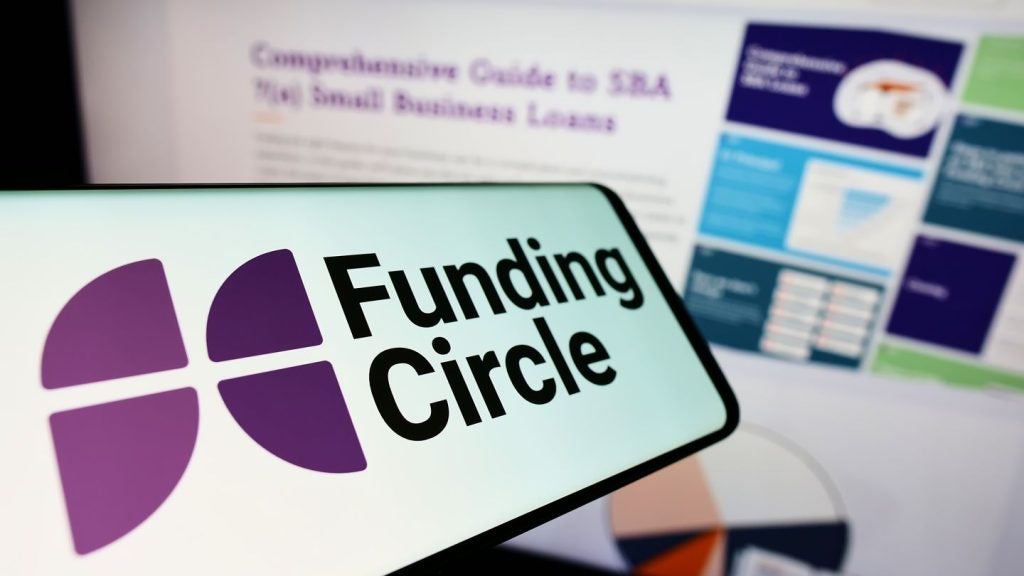The asset finance businesses of some of
Europe’s biggest banks have made a strong start to the year with
some reporting double-digit growth in the first six months in
contrast to struggling retail bank divisions.
The banks’ leasing businesses are confident
about their prospects amid growing demand from small businesses and
manufacturers, and for technology assets.
Lombard, the asset finance business which is
part of Royal Bank of Scotland bank – which is 84% owned by the UK
taxpayer – will lend more than £5bn to British businesses over the
next year – up 20% from the previous year. In addition to wheeled
assets, it will also lend more on less publicised areas
like technology and, in particular, plant and machinery.
Alexander Baldock, managing director of
Lombard, one of the UK’s biggest asset leasing companies, told
Leasing Life that it was seeing the strongest growth in
manufacturing, the small and medium-sized enterprise (SME) sector,
and commercial transport (buses and haulage).
Many companies delayed renewing assets during
the recession but have begun to invest again. “Most businesses are
six years into what is usually a four-year replacement cycle [for
assets],” he said.
The various types of asset finance, such as
taking out an amortisation loan or a balloon payment loan, has
helped those companies to start investing again as economic
recovery increases demand for goods. The flexibility of asset
finance has proved especially attractive to business during a time
of credit scarcity, said Baldock.
How well do you really know your competitors?
Access the most comprehensive Company Profiles on the market, powered by GlobalData. Save hours of research. Gain competitive edge.

Thank you!
Your download email will arrive shortly
Not ready to buy yet? Download a free sample
We are confident about the unique quality of our Company Profiles. However, we want you to make the most beneficial decision for your business, so we offer a free sample that you can download by submitting the below form
By GlobalDataOther bank leasing subsidiaries have also
reported a significant improvement in the market.
Société Générale Equipment Finance (SGEF)
increased new loans by 19% during the first quarter of this
year.
Excluding factoring activities, SGEF’s new
business was €1.8 billion. In Germany, sales increased by 26%.
In France, SGEF signed an agreement with La
Banque Postale, the banking subsidiary of the French national
postal service, for an equipment leasing partnership.
Specialised Financial Services, which includes
the French bank’s
consumer finance, equipment finance, operational vehicle
leasing and fleet management activities, grew its net banking
income by 7% to €728 million, compared to the same quarter a year
earlier.
Dutch-based global asset financing provider De
Lage Landen is looking confidently ahead after reporting a net
profit of €201m last year, a 79% increase in comparison to 2009.
Its expecting a net profit of around €120 million for the
first six months of the year, and around €280 million for the full
year. With these expected figures, De Lage Landen is looking at its
best year yet.
Chief executive Ronald Slaats puts the
business’s expectations down to vendors selling more and requiring
financing. “Our international network is helping us in this
regard,” he said. “Vendors want international solutions and want to
sell into more than one geography.” Slaats added that vendors in
Asia, for example, want to sell more outside their home market,
into countries such as Brazil, for example.
Growth is also evident in Scandinavia, where
Finland’s Nordea saw a 13% increase in sales for its asset and
sales finance arm for the first quarter of the year compared with
the same period last year. Nordea Finance’s chief executive, Jukka
Salonen, said the main increases were seen in the small businesses
and consumer segment, notably in consumer credit and car finance.
Sales have increased in smaller equipment and yellow goods, he
added.
He also said there had been more sales to
smaller businesses than larger corporations. He suggested the
latter group is more hesitant to invest given uncertainty about the
future and are able to rely on existing capacity.
Salonen added with smaller businesses,
especially in the transportation sector, increased consumption is
giving more work to companies.
“Construction has been another area that is
picking up”, he said. “We hope the bigger companies will start
their investments in the near future.”
In motor finance, banks’ asset finance
businesses have also made a good start to the year.
Arval, which is part of BNP Paribas, the
French bank, has predicted “strong growth” for 2011, especially in
rapidly expanding new markets, such as Brazil, India and Turkey,
where growth rates have been over 50%.
Growth in banks’ asset finance arms may help
them counter criticism that they are not lending enough to small
businesses.
A spokesman for the British government’s
Department for Business, said: “The government is committed to
increasing the diversity of finance available to businesses, and
encouraging businesses to think carefully about what sort of
finance is most suited to them.
“Asset backed finance is one potentially
useful source of finance, particularly for businesses who are
looking to update or replace their equipment. Solutions such as
leasing and hire purchase can help facilitate growth, as they offer
finance when new equipment is needed to expand a business.”
Feeling the impact of
regulation
However, despite good prospects, some bank
asset finance businesses could be affected by cuts in certain
markets as their parent companies ration their lending.
Barclays Business, for example, has decided
that it will no longer provide asset finance to companies with
turnover less than £5m a year, saying the need for asset finance
among larger companies was not shared by its smaller customers.
Although leasing typically produces a higher
return on equity than more risky unsecured bank loans, asset
finance “is not particularly well understood at a senior level at
some banks,” an asset finance consultant
warned last month.
George Tonks, partner at Invigors, an asset finance
consultancy, said that banks may decide to reduce lending in their
asset finance arms and prioritise more high-profile lending such as
unsecured bank loans when preparing for the capital requirements of
Basel III, which is due to introduced by the end of 2012.
In order to continue meet the challenges of
Basel III while continuing to grow, many bank owned asset finance
businesses are focussed on proving their value to the parent banks
and their customers. “We risk the future if we can’t tell the story
because the pressure from a funding and funding spread perspective
is driving forward the thinking from banks that this [asset
finance] is consuming funding capacity and capital and to look at
what they should do to cut costs,” said Nordea Finance’s Salonen.
This risks a situation where the industry faces big squeeze from a
funding perspective, he added.
Several bank owned asset finance businesses
say more should be done to argue the diversity of asset-backed
lending as a way for banks to boost their earnings. “Looking at
what we provide to SMEs and larger corporates its more than
lending, its asset-backed lending. But if we take fleet management
and soft renting, it’s beyond normal lending, and also from a bank
perspective it presents other earning elements rather than pure
margin.
“Bankers like to see more than this being a
costly business and as consumer funding. This may be right when
looking at banks’ funding margins and seeing how leasing fits
within that. But we need to educate the parent bank in order to
ensure this service continues to be available in Europe.”







